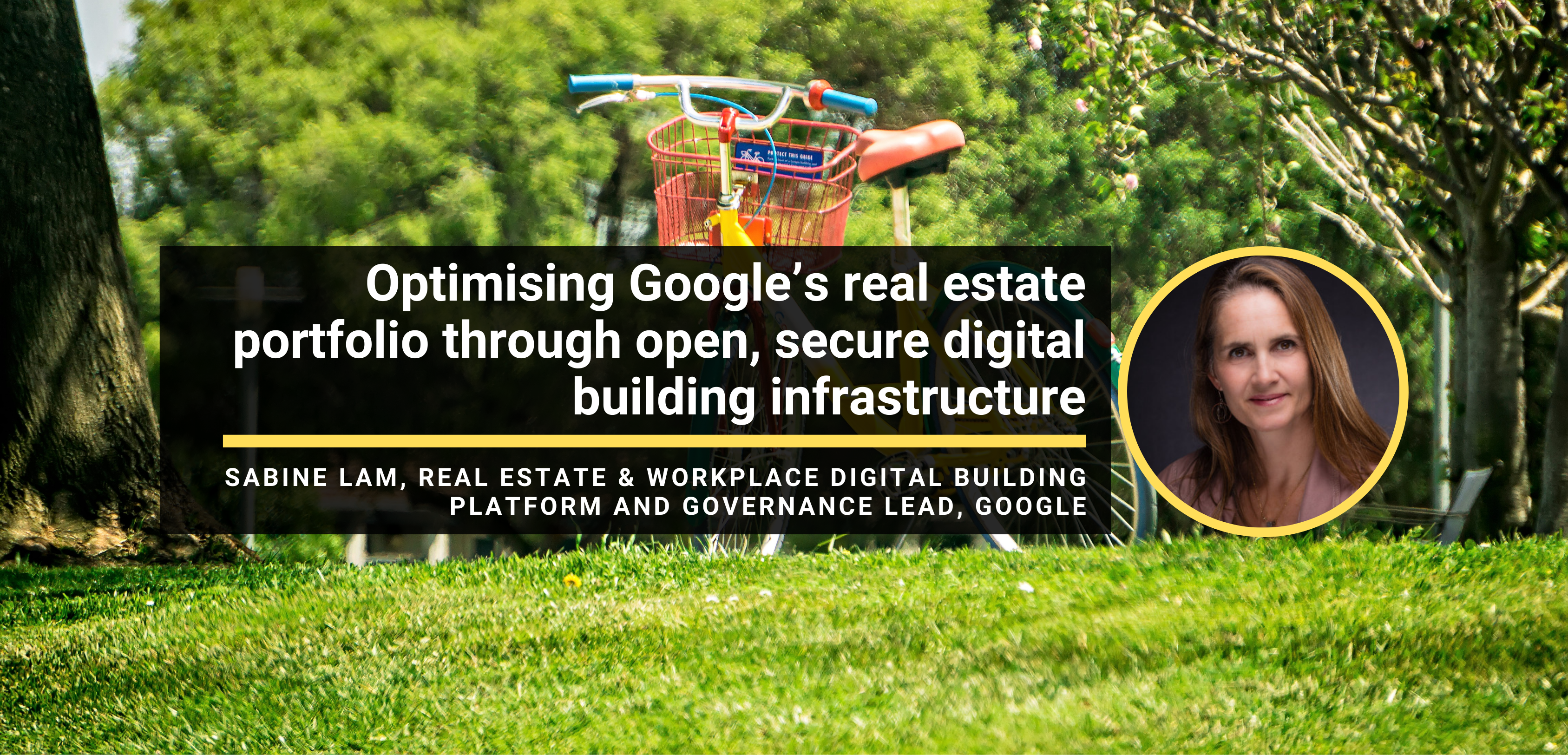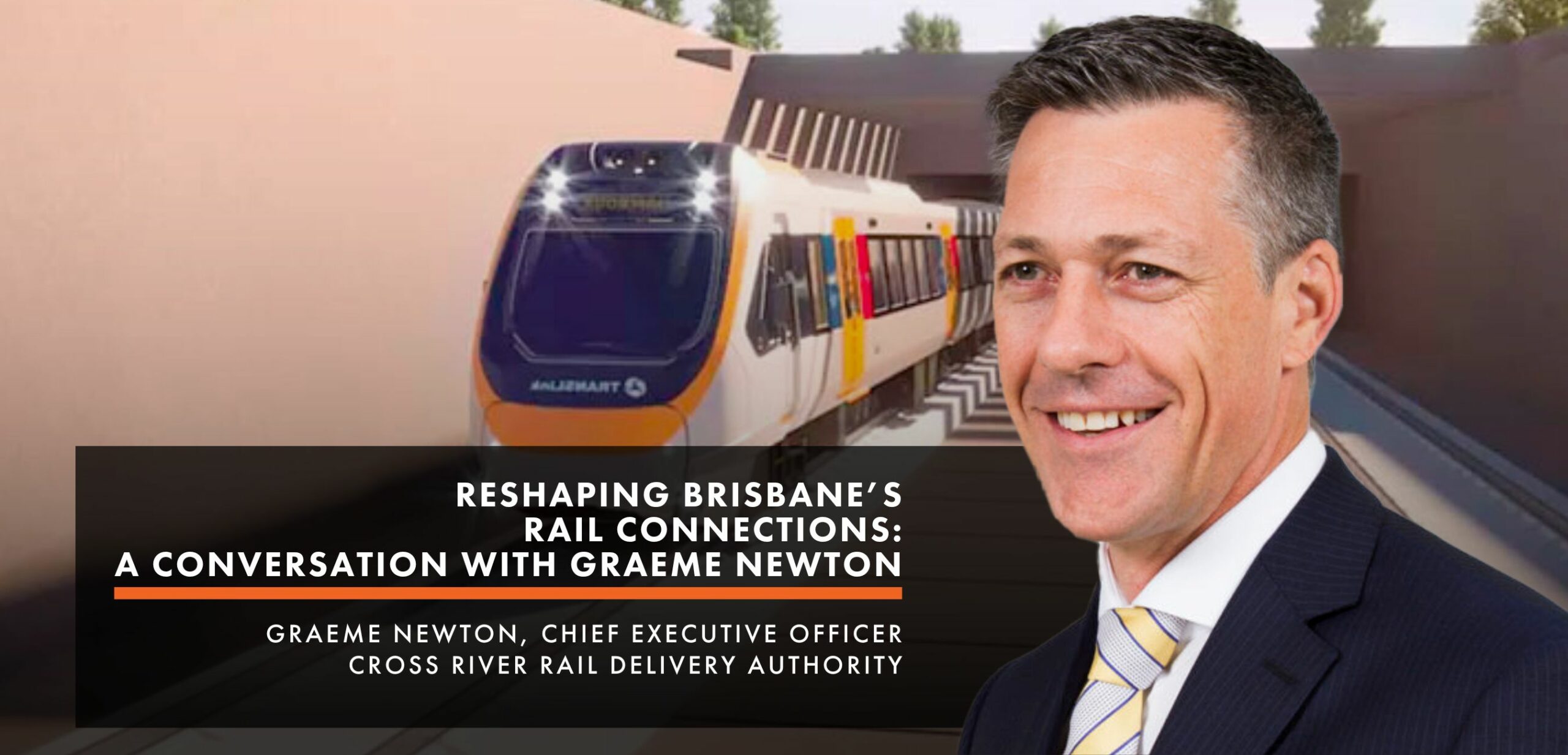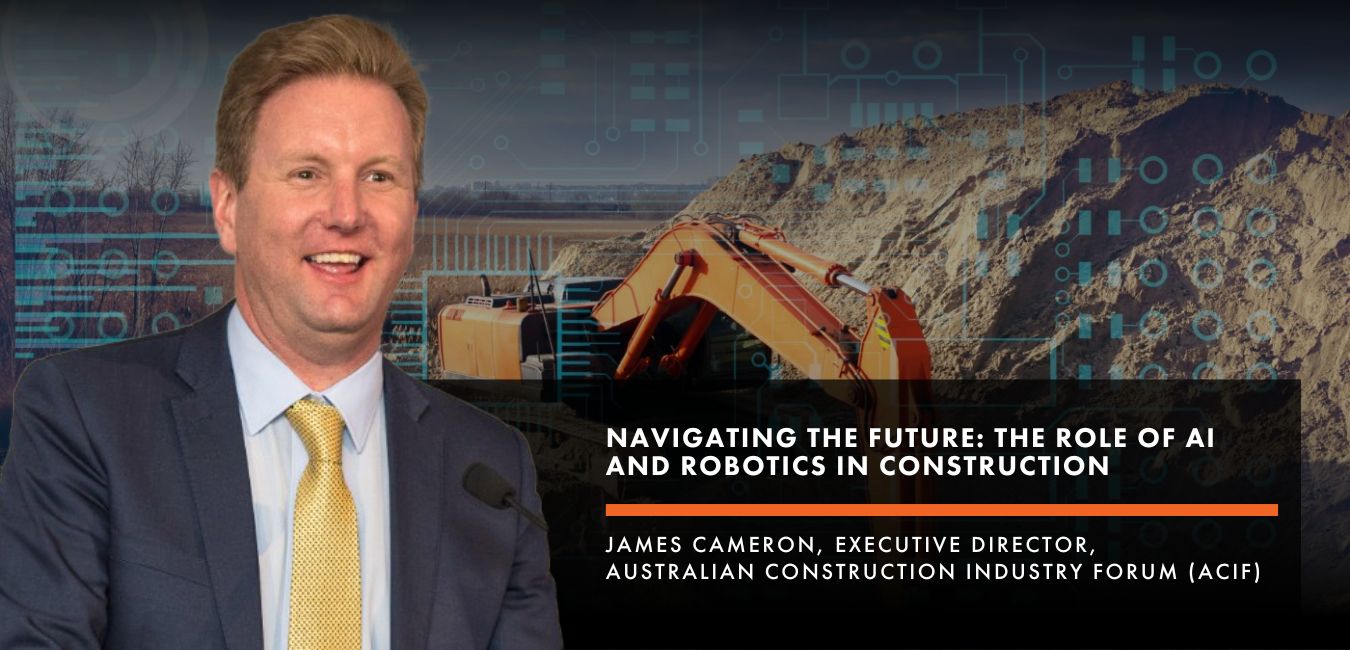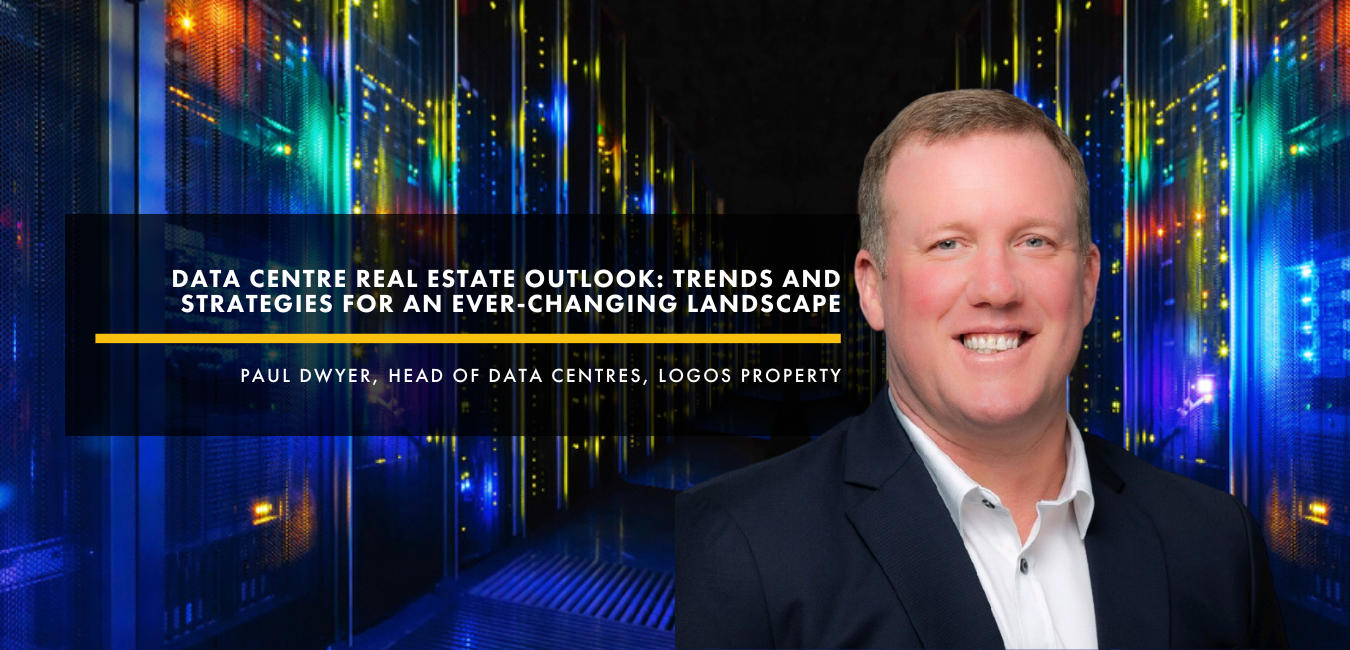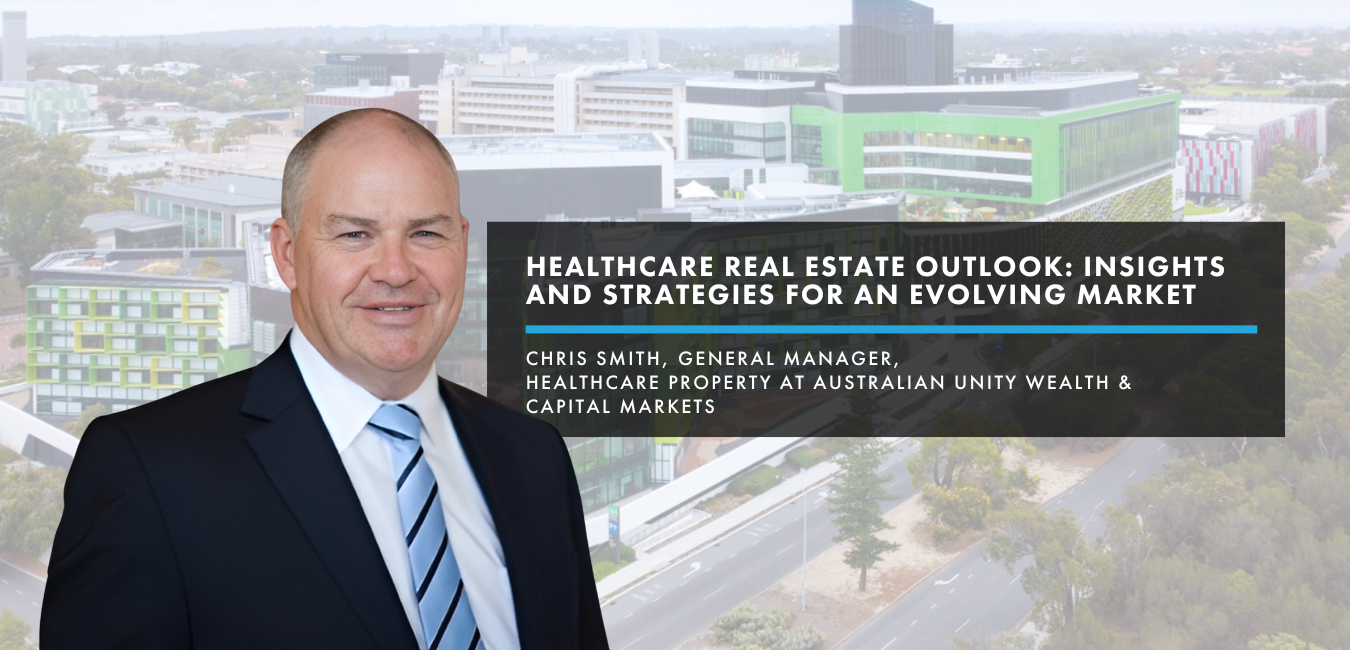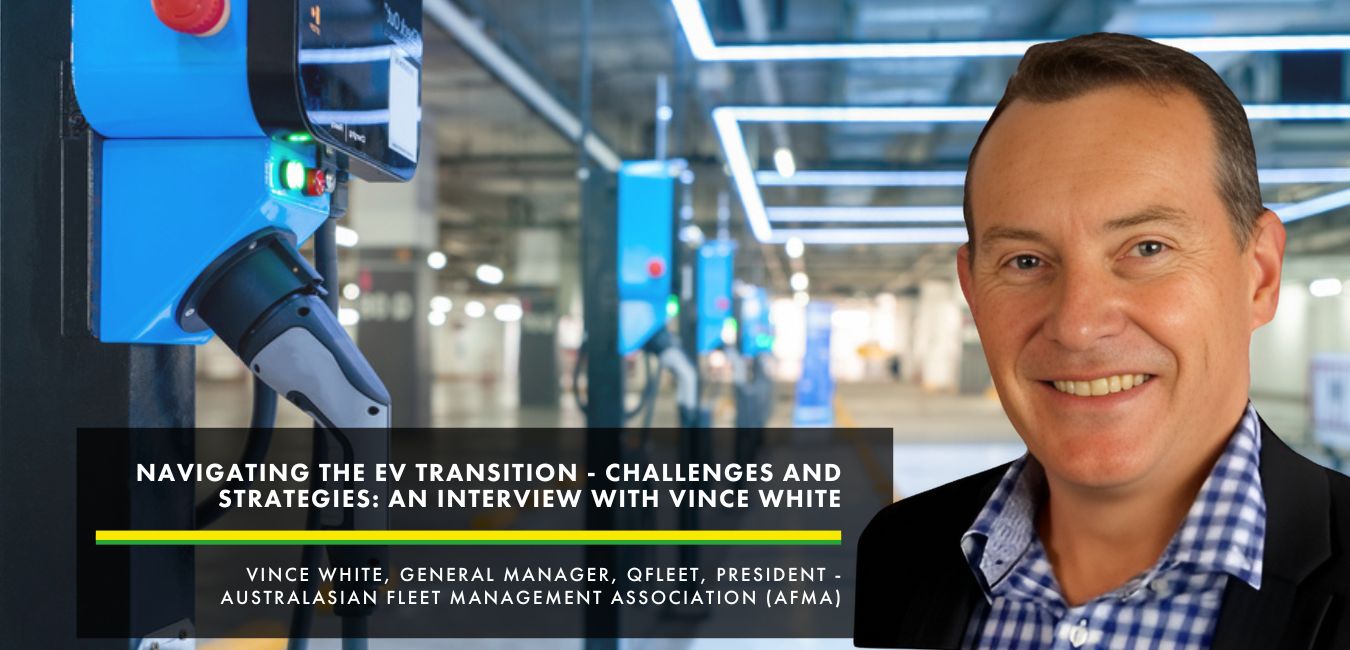Optimising Google’s real estate portfolio through open, secure digital building infrastructure.
Sabine Lam leads the Real Estate & Workplace Services (REWS) governance and software development program for Google Digital Buildings and a powerhouse of information as she uniquely understands how buildings work under the electrical hood as well as how to reach higher-level objectives. We had the opportunity to chat with her ahead of her speaking at our “Future of Office Space Summit.” Here are some highlights of that conversation:
FuturePlace: Thanks for joining us, Sabine! Can you tell us about your role at Google?
Sabine Lam: I work within our REWS organization which stands for real estate and workplace services. I represent REWS businesses like real estate, facilities, sustainability and global programs, and solve for their prioritized use cases with support from Google’s networking, security, engineering teams and external experts. The focus is on developing a platform, specifically around smart buildings, that is scalable and can be automated to support the Google real estate portfolio. True to Google’s mission, we believe in organizing the building’s information and making it accessible and useful to our stakeholders.The goal is to create an open, secure and digital infrastructure to address core objectives like adaptable workspace, health and wellbeing, optimized operation, and sustainability. Cybersecurity comes first, so everything we address is carefully thought out with clear requirements, specific cybersecurity standards, and IT best practices.
FP: How did you get into this line of expertise?
SL: My background is in electrical engineering and the first 12 years of my career were in semiconductor. Then I stayed home with my kids and eventually started working at Google for the sustainability team in REWS. At the time, the team was addressing healthy building materials with the goal of limiting VOCs in the workplace. Five plus years ago, a grassroot effort around digital buildings piqued my interest. A handful of Googlers from different organizations looked at the problem with a Google IT and big data lense, and grew the program into what it is today. I do not have a typical BAS background but work closely with industry leaders and experts to continuously challenge the status quo. I am excited about the forward looking vision and will continue to focus on making it better.
FP: What is your future vision for the digitalization of buildings?
SL: Google’s vision for digital buildings is to create an open, secure and horizontal digital infrastructure that allows for any device Google adopts to be able to support the applications and use cases for its buildings.
This means delivering an open and cyber secure solution which works for Google’s global corporate real estate portfolio, including new and existing sites, collecting a rich source of information which provides insight into the physical environment and eliminates need for human sensors, and having the flexibility to enable key use cases that support evolving business outcomes to be achieved.
Now we have all foundational elements, global alignment on the vision and we agreed to an incremental execution plan. We are transitioning from defining the standards, processes and adoption for new deployments, to delivering value at scale. One example is around providing portfolio wide visibility of building energy consumption at hourly rates to provide baseline data informing the 2030 24/7 CFE goal for the sustainability team. First comes the deployment of meters where lacking and centralized data access, along with landlord negotiation for leased buildings to ensure access to that level of information. Then we can focus on the question of how do we make it better while having the means to immediately measure the impact of any trade off and updates we might want to experiment with.
My role is to avoid shifting our focus towards the flashy application layer before we solve the hard questions around fleet management, data ingestion at scale and data quality degradation overtime. How can we do it better, faster and more automated? What solutions should we open source to potentially help the industry? For example we are open sourcing our approach to data tagging with our Digital Building Ontology (DBO), and sharing our methodology to capturing building data directly from the device to cloud via MQTT in a UDMI format.
Cyber security is always top of mind and we spend a lot of time working with our IT team to define IoT security requirements at each layer of the stack based on a zero trust approach.
At the device/system level, we work closely with manufacturers to meet our requirements and currently perform a lot of the testing internally, but a long term goal is to push the responsibility to the manufacturer so it benefits the entire industry.
There again we have an open sourced device automated qualification framework available on github (DAQ).
FP: How can you increase these partnerships?
SL: You’ve heard me mention a few partnerships already and it comes in many forms.
Partnership with landlords so they share data that will allow us to meet our goals.
Partnership with manufacturers so they take accountability for delivering secure solutions and pro-actively report back on potential known vulnerabilities.
Partnership with alliances like RECC or IoXT to develop a baseline OT (Operational Technology) security standard that manufacturers can measure against.
Partnership with industry leaders so we quickly identify costly gaps and develop open source solutions that will help the industry advance quicker.
Partnership with large real estate owners so we can somewhat align on our standards and provide a unified voice for change, helping manufacturer prioritize.
This industry is traditionally siloed and has held onto proprietary solutions for years, and that needs to change.
FP: What does that look like in the workplace?
SL: When we talk about the workplace, we touch on occupants’ productivity, health, wellbeing and experience while achieving optimal building performance and meeting sustainability goals.
We want more for the workplace experience with less impact on the environment!
Understanding the space dynamics in “real time” becomes a key element to enable adaptability and trade offs. You need to be very intentional about the data captured and aware of the sensitivity of the information gathered.
Not only is there a privacy concern, it is also a cybersecurity risk if you add sensors that are not secure. Who owns the data, where does it go, and who sees it are all important questions to consider before deploying a slew of sensors in the environment.
FP: What do buildings need to make solutions scalable?
SL: Scalability comes through simplification and automation of the end to end process. Reducing setup time for registering devices in cloud, validating commissioning, simplifying device replacement, automatically mapping and normalizing the data to the chosen ontology, automatically updating set points based on analyzed data through write back capabilities…. We also need to make sure that once we have a trusted digital representation of the systems on day one, it is maintainable over time and automatically adjusts to the drift resulting from changing points, new equipment, old equipment replacement…
Ensuring access to trusted data in a centralized location is a pre-condition for analysis and optimization. Once you have that, you can start looking at a bidirectional data flow where you automatically write back and update the systems. Deploying an infrastructure with an increased number of non proprietary IP devices on a managed network, will enable those dynamic updates and is a good way to meet the goals of adaptable spaces.
FP: Do you see IT and OT becoming more connected as buildings grow smarter?
SL: Absolutely, it is a requirement if you want visibility and manageability of your fleet, as well as the ability to keep the systems secure and up to date at scale.
IT has it figured out, and applying IT principles while moving away from limiting OT specific protocols will enable these dynamic updates and help solve for smart building use cases.
It does require close collaboration and teamwork between IT and OT stakeholders to understand each other’s world and pain points, but so long as we share similar objectives, and are open to change, there is hope for success.
FP: What are some goals or targets you’re reaching for this year?
SL: Our goal for this year is to evolve from successful proof of concepts to providing value at scale. We have targets to support 24/7 CFE by 2030 and are gearing up to embrace the return to office opportunities and challenges, and adapt quickly.
We also want to continue learning and collaborating with people who have a similar mindset or similar goals so we can move this industry forward faster.
There’s excitement in the industry so it’s a good place to be in, and there are a lot of opportunities to do the right things in order to get that secure, scalable and automated smart building dream come true.
3rd annual Future of Office Space Summit
Learn more about the upcoming Future of Office Space Summit, taking place on 22 March 2023. Back for its 3rd year, The Future of Office Space Summit will again bring together the brightest minds in the industry to explore all the big questions, analyse the data, hear about the latest solutions and find the partners they need to deliver the most attractive workspace options to tenants.

